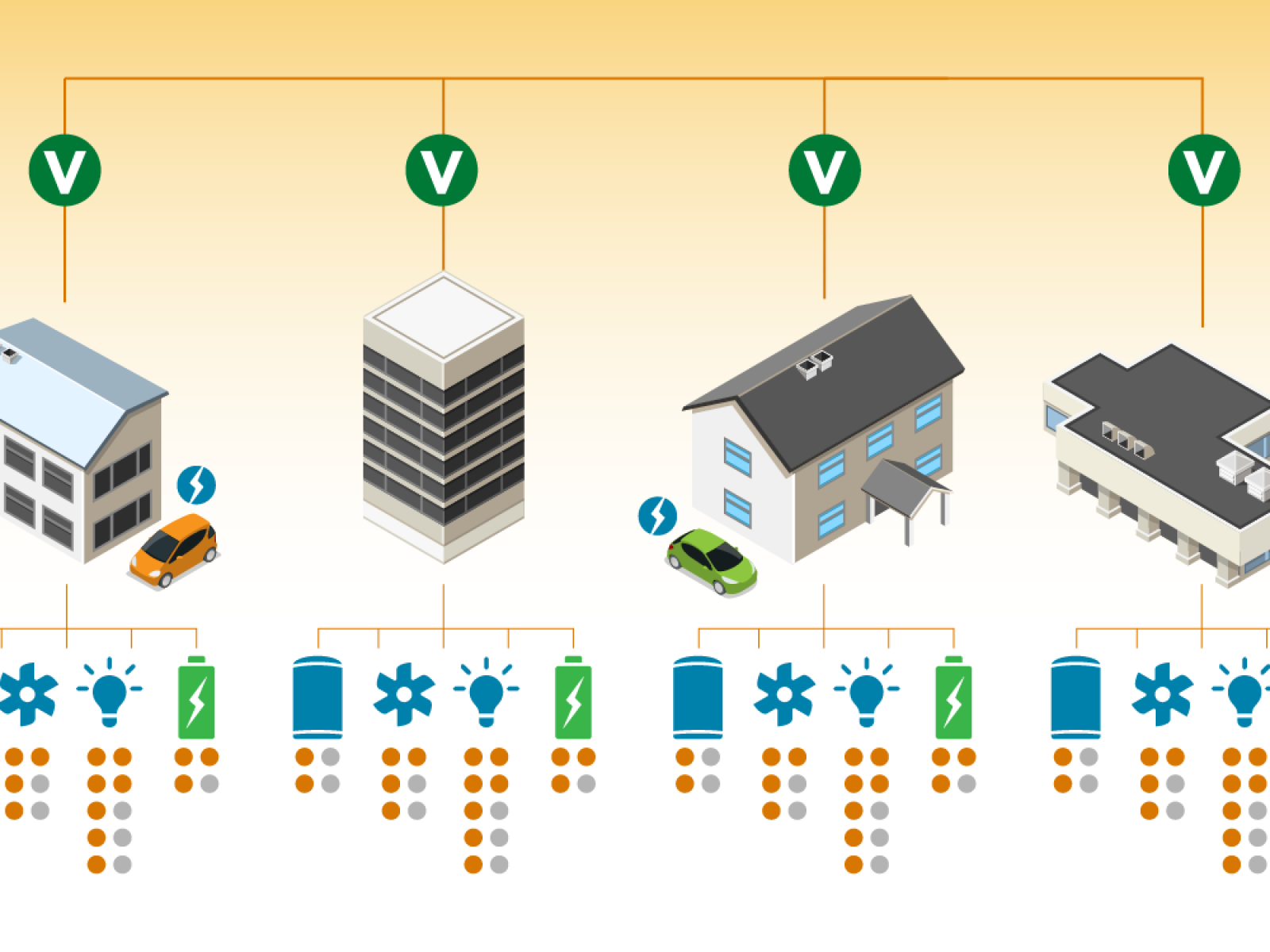by Tim Ledbetter
One of the most recent deployments of the platform, which is now known as Eclipse VOLTTRON™, paired the technology with machine learning techniques as part of a facilities-related pilot project at Pennsylvania State University (Penn State). The pilot involved 10 campus buildings and is informing the university’s long-term facility management vision.
PNNL Software Engineer Jereme Haack sees the Penn State project as an affirmation of VOLTTRON™’s mission. “Our hope when we created the user community was that people who believe in Eclipse VOLTTRON™’s capabilities and potential would continue to collaborate with us to improve the technology and run with it. The university pilot and other applications reflect that is happening.”
Helping realize the university’s vision
ACE IoT Solutions, a Tennessee-based firm and an Eclipse VOLTTRON™ user community member, is part of a technology team that’s helping Penn State develop a forward-looking facility management plan for buildings across the campus. Onboard Data, based in Massachusetts, leads the team.
“The university’s management plan is designed to improve facility operations, optimize energy efficiency, and prepare the school’s facilities-related workforce of the future,” says ACE IoT Solutions’ co-founder Bill Maguire.
One key objective of the facility plan, he explains, is the future installation of Automated Fault Detection and Diagnostics (AFDD) technology in the university’s building stock. AFDD analyzes data from building devices and systems, such as heating and cooling units, to automatically identify and correct operational issues that may lead to inefficiency. That capability, Maguire says, makes life easier for facilities staff who must respond to equipment fault alarms.
ACE IoT Solutions is using Eclipse VOLTTRON™ to collect and analyze data from building devices and systems and to help remove an AFDD obstacle.
“One of the central questions is how the university can meaningfully bridge the enormous number of systems and connected devices across the campus,” Maguire explains. “If these diverse systems can’t share data effectively and work together, implementing AFDD can be extremely challenging. The manual process of making diverse systems interoperable is labor-intensive and time-consuming.”
As part of the 10-building pilot at the school, Eclipse VOLTTRON™ is used to acquire operational data from building automation systems, elevators, and other relevant building systems. Onboard Data then applies its machine learning techniques to the raw information. The techniques automatically and rapidly associate useful metadata tags with building systems and equipment. Effective tagging improves information sharing among systems, facilitates data visualization, and enables diagnostic and predictive applications such as AFDD.
“Deployment of Eclipse VOLTTRON™ helped provide the bridge, adding a critical standardized point of interoperability for campus systems,” Maguire says. The university has partially completed the pilot and, Maguire notes, hopes to continue the progress in the future.
Eclipse VOLTTRON™’s journey
The university project underscores the importance of PNNL’s longstanding development and support of the VOLTTRON™ capability.
The technology, created in 2012 at PNNL, has evolved into a versatile resource for data, devices, and decision-making. It has been used in multiple projects at PNNL, including the Clean Energy and Transactive Campus effort, as well as non-PNNL projects nationwide.
In 2014, the VOLTTRON™ community of users first convened to advance the technology as an open-source solution for data-related applications. Several years later, VOLTTRON™ joined the Eclipse Foundation, an international organization that helps advance open-source software projects and cultivates their respective communities and business ecosystems. The user community remains active, with regular forums and an annual meeting.
The U.S. Department of Energy’s Building Technologies Office was an early advocate of the VOLTTRON™ technology and continues to support its growth.



